 "lucky's pepper" (lucky1774)
"lucky's pepper" (lucky1774)
10/13/2014 at 20:54 • Filed to: None
 0
0
 41
41
 "lucky's pepper" (lucky1774)
"lucky's pepper" (lucky1774)
10/13/2014 at 20:54 • Filed to: None |  0 0
|  41 41 |
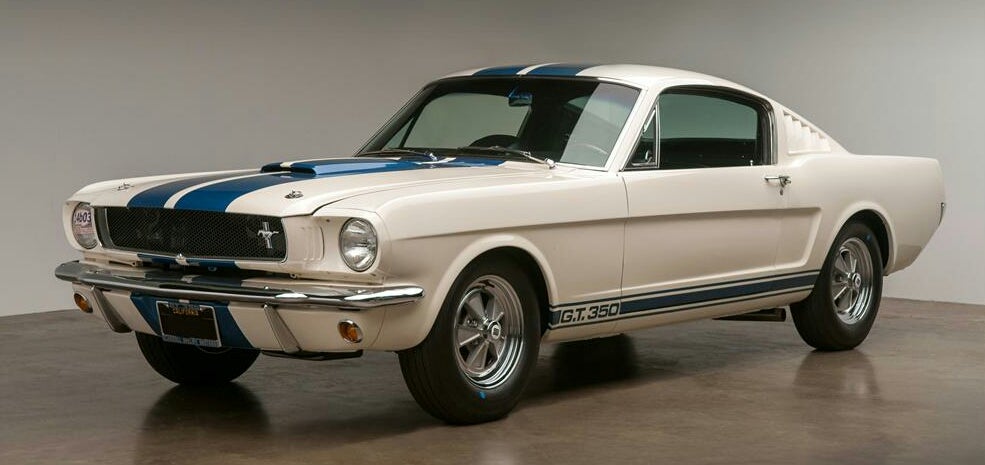
I'm bored and hoping for some interesting discussions.
Earlier today I had a running disagreement with a gentleman over what was and wasn't a muscle car in the comments for the MP post about what muscle cars can handle.
He kept telling everyone else what constituted a muscle car based on his opinion. No full-sizers, compacts, wagons, four doors, trucks, pony or sports cars met his criteria.
I argue that 'muscle car' is a nearly indefinable term and the strict definition of intermediate American sedan with large displacement engine doesn't come close to covering every car that falls under the muscle car umbrella.
A perfect example being the pictured 1965 Shelby GT350. A car built for the sole purpose of homologating the Mustang for SCCA road racing. It's a pony car, but it only has two seats so it's also a sports car, and it has a relatively small displacement engine in the 289. And yet I argue the GT350 is a muscle car. Why? I can't tell you exactly, it just is. And it would certainly be welcomed with open arms at any muscle car event in the world.
So, what's your opinion? Let me hear your definition of a muscle car?
 Thunderbee - Has the engine that kids like
> lucky's pepper
Thunderbee - Has the engine that kids like
> lucky's pepper
10/13/2014 at 20:56 |
|
I say big power up front, rear wheel drive out back and that's about it. I also don't think it's limited to US cars; I'd like to argue that cars like the Mercedes C63 AMG count as muscle cars - but that's just me!
 Jake - Has Bad Luck So You Don't Have To
> lucky's pepper
Jake - Has Bad Luck So You Don't Have To
> lucky's pepper
10/13/2014 at 21:02 |
|
Big noise, big power, bad gas mileage, American.
 Logansteno: Bought a VW?
> lucky's pepper
Logansteno: Bought a VW?
> lucky's pepper
10/13/2014 at 21:03 |
|
Big ass V8 out front, RWD in the back, and preferably a manual box in the middle. Wrapped up in an attractive and agressive body
That's a muscle car to me.
 Arch Duke Maxyenko, Shit Talk Extraordinaire
> lucky's pepper
Arch Duke Maxyenko, Shit Talk Extraordinaire
> lucky's pepper
10/13/2014 at 21:04 |
|
Muscle car:
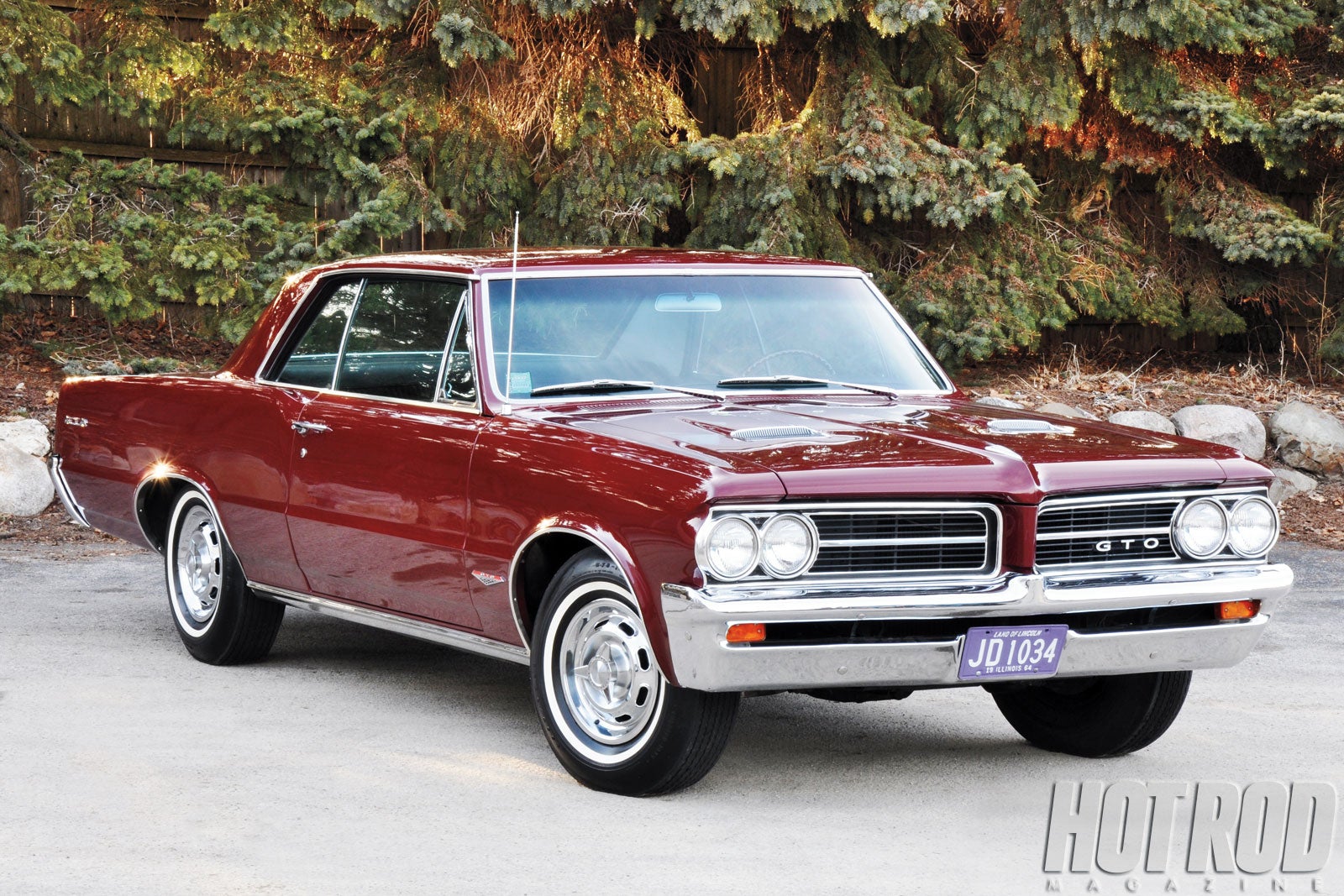
A mid-sized coupe with a large V8, simple and has RWD. Ex: GTO, Chevelle, Torino, Road Runner. etc...
Pony car:
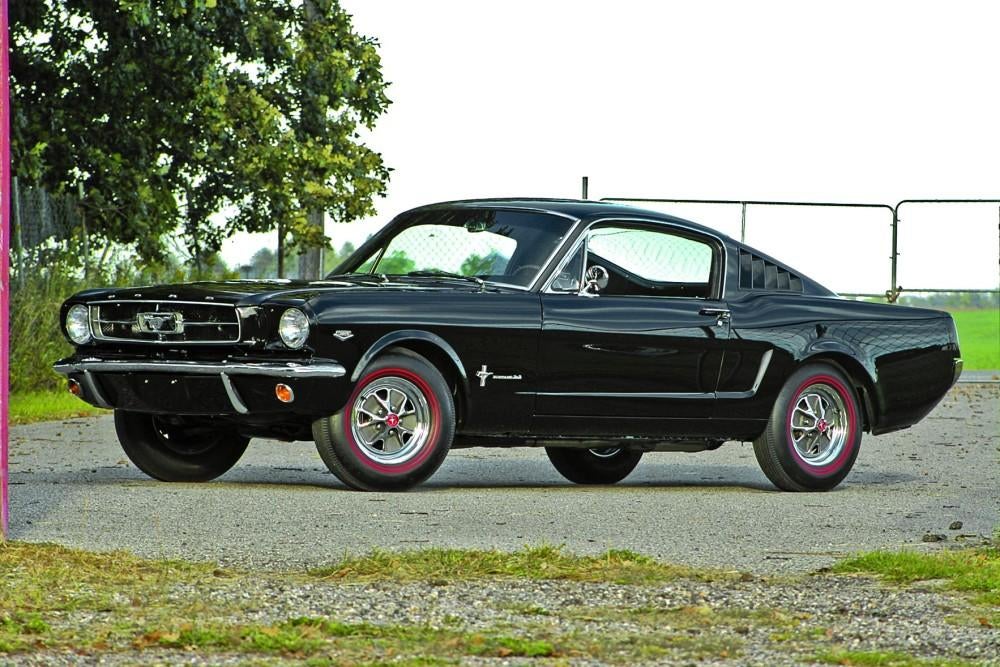
A small RWD 2+2, have 6 cylinders to large V8's Ex: Mustang, Challenger, Camaro, Firebird, etc...
Sportscar:
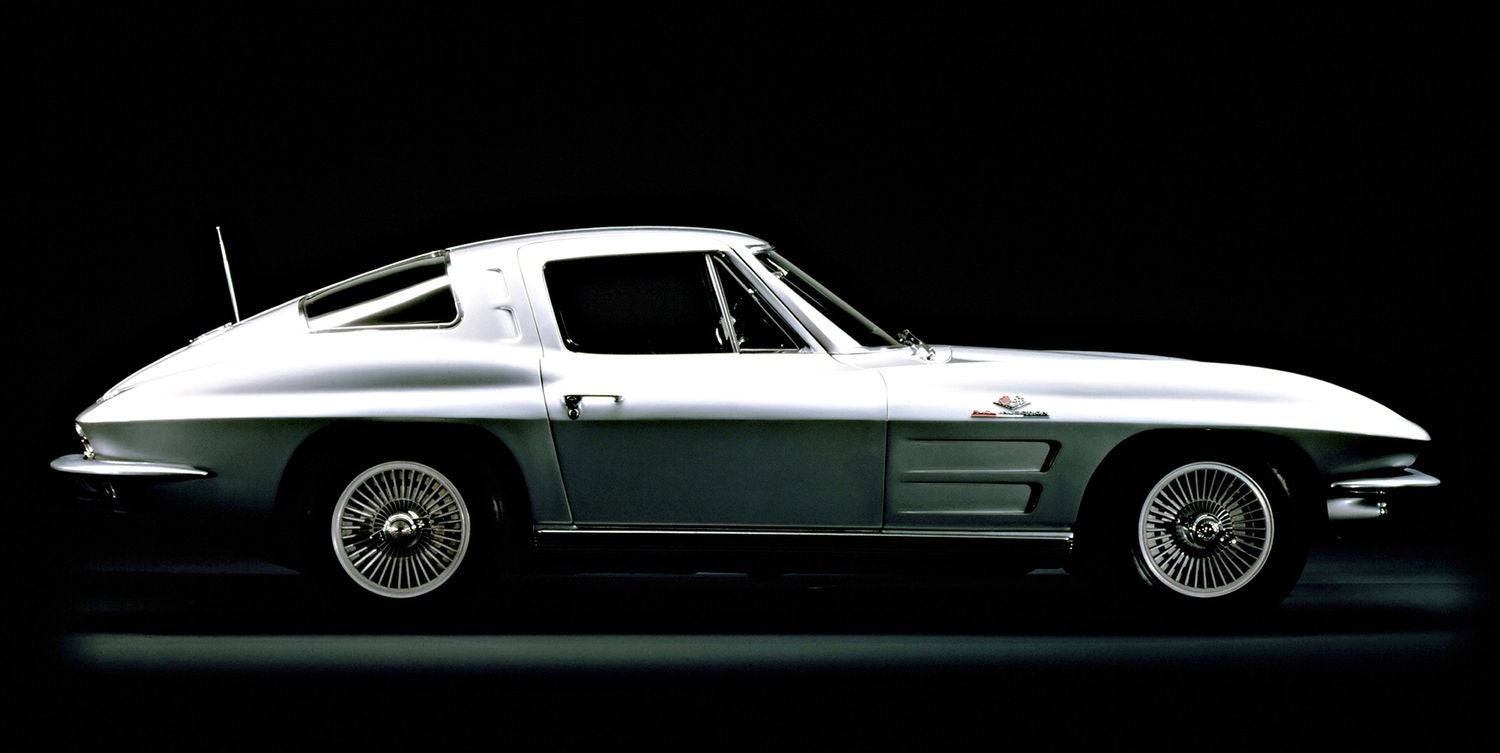
Small, 2 seats, RWD, and sporty Ex: Corvette, Original GT350's (only had two seats to fit in the Sportscar category of racing), MG-B, Spitfires, etc...
 MasterMario - Keeper of the V8s
> lucky's pepper
MasterMario - Keeper of the V8s
> lucky's pepper
10/13/2014 at 21:04 |
|
Muscle car=large powerful engine up front, rwd, at least 4 seats (even if they aren't all useable)
Sports car=more of a handling focus car that doesn't fall in muscle car definition
That's how i look at it at least
 lucky's pepper
> Thunderbee - Has the engine that kids like
lucky's pepper
> Thunderbee - Has the engine that kids like
10/13/2014 at 21:12 |
|
Since I recognize non-North American muscle cars like the Australian Falcons, South African Firenza Cam-Ams and even the Swiss Montiverde High Speeds, I don't know why I have a hard time with muscle cars from Deutschland. But I see your point.
 DoYouEvenShift
> lucky's pepper
DoYouEvenShift
> lucky's pepper
10/13/2014 at 21:24 |
|
Also, it doesnt have to be V8 powered.
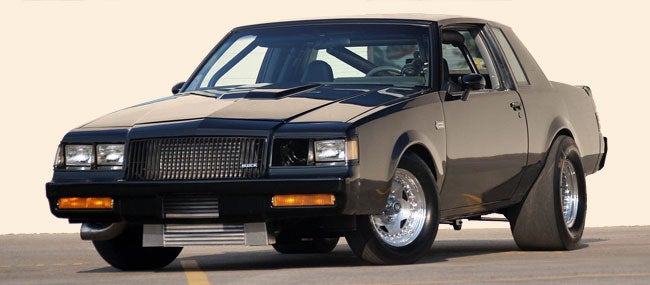
In my opinion, this car defines muscle car perfectly.
I do agree that the term is indefinable. Hot Rod, or fast-car may also fall in the category.
 lucky's pepper
> MasterMario - Keeper of the V8s
lucky's pepper
> MasterMario - Keeper of the V8s
10/13/2014 at 21:33 |
|
But why only 4 seaters? So the '65 GT350, the '68-'70 AMX, no R3 Avantis?
 lucky's pepper
> DoYouEvenShift
lucky's pepper
> DoYouEvenShift
10/13/2014 at 21:44 |
|
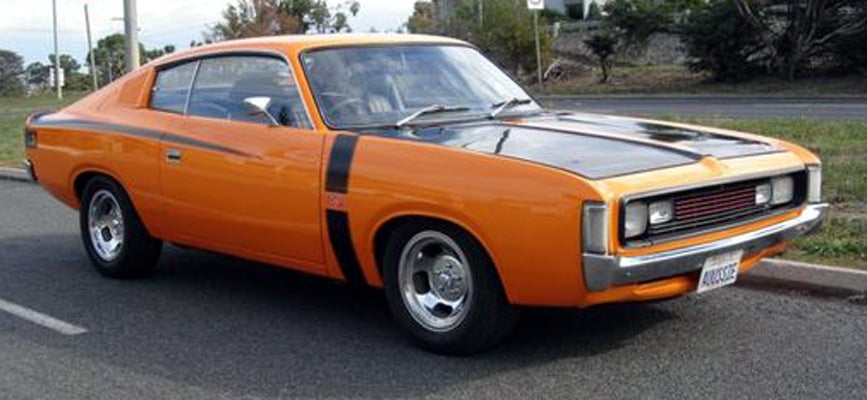
Now we're talking! The Australian Hemi Six-Pack Charger with it's inline six counts in my book too.
But don't you think a muscle car has built by a manufacturer?
 Hahayoustupidludditeshutupandgohandcrankyourmodeltalready
> lucky's pepper
Hahayoustupidludditeshutupandgohandcrankyourmodeltalready
> lucky's pepper
10/13/2014 at 21:49 |
|
Muscle Car: Midsized or large car, large quantity of power, two doors, RWD. Examples: Ford Torino GT, Chevy Chevelle SS, Pontiac GTO, Original Dodge Charger, Plymouth Roadrunner, and more recently the Ford Mustang 2005-present, and the reborn versions of the Camaro and Challenger.
Pony Car: Compact car, more power than an economy car, two doors, RWD. Examples: The original Mustangs, Camaros, Challengers, and Barracudas. You could argue that the BRZFRSGT86 are the modern equivalents.
 lucky's pepper
> Arch Duke Maxyenko, Shit Talk Extraordinaire
lucky's pepper
> Arch Duke Maxyenko, Shit Talk Extraordinaire
10/13/2014 at 21:53 |
|
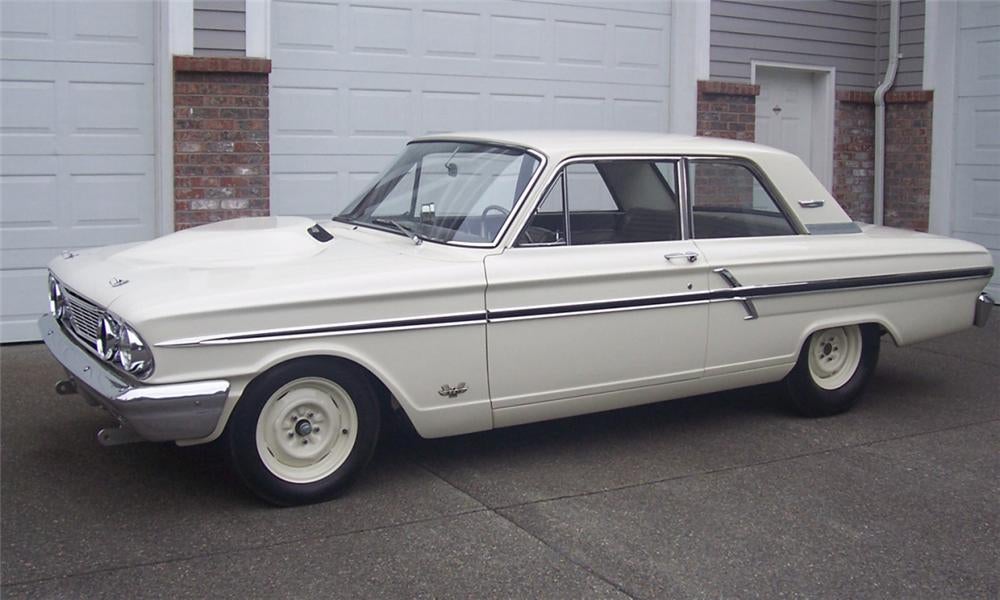
How about a compact car with a large displacement engine. Where does it fit in?
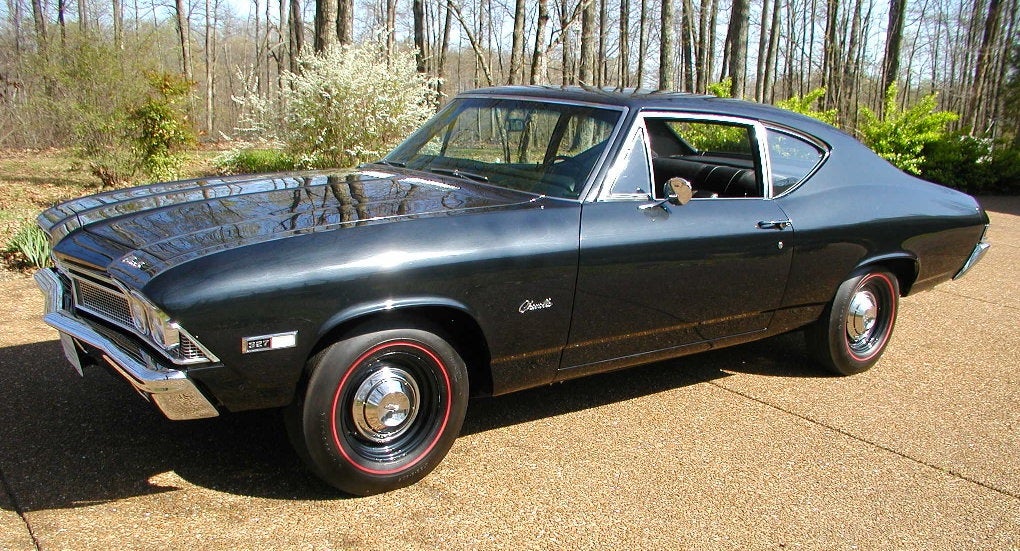
Or an intermediate with a smaller, but still very potent, engine?
 lucky's pepper
> Jake - Has Bad Luck So You Don't Have To
lucky's pepper
> Jake - Has Bad Luck So You Don't Have To
10/13/2014 at 22:01 |
|
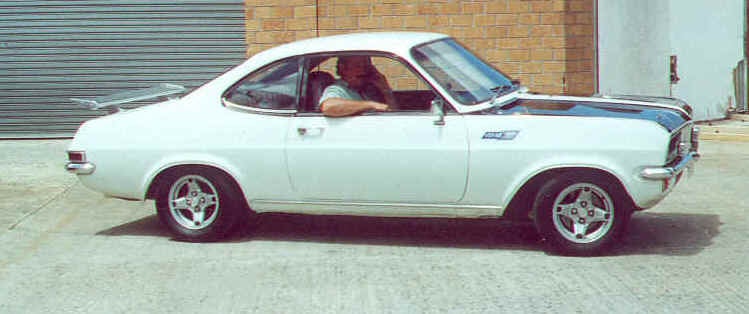
The Chevrolet Firenza Can-Am. Basically an Opel Kadett stuffed with a '69 Z/28s 302. Surely this counts? Except it's from South Africa.
 MasterMario - Keeper of the V8s
> lucky's pepper
MasterMario - Keeper of the V8s
> lucky's pepper
10/13/2014 at 22:01 |
|
Pony cars...smaller muscle cars to me. I always thought of muscle cars as mid o full size cars
 Arch Duke Maxyenko, Shit Talk Extraordinaire
> lucky's pepper
Arch Duke Maxyenko, Shit Talk Extraordinaire
> lucky's pepper
10/13/2014 at 22:01 |
|
That top one is a drag car, and the bottom Chevelle isn't a 6 cylinder.
 lucky's pepper
> MasterMario - Keeper of the V8s
lucky's pepper
> MasterMario - Keeper of the V8s
10/13/2014 at 22:04 |
|
So no K-code Falcons, L-79 Chevy IIs or R3 Larks?
 lucky's pepper
> Arch Duke Maxyenko, Shit Talk Extraordinaire
lucky's pepper
> Arch Duke Maxyenko, Shit Talk Extraordinaire
10/13/2014 at 22:16 |
|
No, the top one is a Ford Thunderbolt which was a production car that could be ordered from a dealer and was street legal (which didn't take much in 1964).
The bottom one is an L-79 327 Chevelle. A 327 hardly qualified as 'large displacement' in 1968.
 DoYouEvenShift
> lucky's pepper
DoYouEvenShift
> lucky's pepper
10/13/2014 at 22:23 |
|
You mean like OE? I never thought about that. Hmmmm....
 Arch Duke Maxyenko, Shit Talk Extraordinaire
> lucky's pepper
Arch Duke Maxyenko, Shit Talk Extraordinaire
> lucky's pepper
10/13/2014 at 22:27 |
|
It's a homologation car not actually built at the Ford plant, only 100 were made, and the Fairlanes were not compact cars.
The Chevelle's could be had with 4-doors and much lesser motors.
 MasterMario - Keeper of the V8s
> lucky's pepper
MasterMario - Keeper of the V8s
> lucky's pepper
10/13/2014 at 22:28 |
|
Huh? Why wouldn't a lark or chevy ii fall under my definition of muscle car...and i would not consider the falcon one...just a sporty car. It's all opinion though...everyone has their own definition. But damn I'm impressed with your knowledge of old American iron...you're rattling off really specific shit like it's nothing...your favorite subset of cars?
 Drakkon- Most Glorious and Upright Person of Genius
> lucky's pepper
Drakkon- Most Glorious and Upright Person of Genius
> lucky's pepper
10/13/2014 at 22:40 |
|
hmmm. I hate this discussions in general but I'll throw my hat in. We had a GT- Sportscar discussion about a year ago that friendships ended and inheritances we revoked. It got ugly.
Anyway, first off, the Mustang GT350 is not a muscle car. It's a sportscar. It was built for handling.
I think a muscle car is for sure front V8 engine, RWD, four seats and focused on straight-line drag racing or street racing. To me, a muscle car is the big power package in an otherwise pedestrian car. Other than a few exceptions, there was a 'boring' version of just about every muscle car.
Tempest turns GTO
Belvedere turns GTX
Malibu turns SS
Cars that are not muscle cars:
Mustang
Camaro
Try this: 340 Barracuda, sports car, Hemi-cuda muscle car. One corners, one don't.
Any full size: galaxie, Catalina, Impala.
Also not a muscle car: Plymouth Superbird/Daytona twins, Ford Torino. These are stock cars for the street.
Lastly and most importantly, a GT350 in our national racing colors is total total click bait to me. I always turn my nose down at 'clones' but damn if I wouldn't paint a Mustang white with blue stripes.
 Drakkon- Most Glorious and Upright Person of Genius
> Thunderbee - Has the engine that kids like
Drakkon- Most Glorious and Upright Person of Genius
> Thunderbee - Has the engine that kids like
10/13/2014 at 22:40 |
|
C and E class AMG are total muscle cars.
 Drakkon- Most Glorious and Upright Person of Genius
> lucky's pepper
Drakkon- Most Glorious and Upright Person of Genius
> lucky's pepper
10/13/2014 at 22:44 |
|
GT350 no, sportscar
AMX was popular for drag racing, but the short wheelbase put it closer to pony car. It was an SCCA entry like the other two.
Avanti is a total sports coupe. No self respecting owner would drag race a bunch of hoodlums in a Nova.
 lucky's pepper
> Hahayoustupidludditeshutupandgohandcrankyourmodeltalready
lucky's pepper
> Hahayoustupidludditeshutupandgohandcrankyourmodeltalready
10/13/2014 at 22:48 |
|
So what about the smaller performance cars like the Chevy II? Where does that fit? Why does it have to be two door only? Dodge built at least two '66 four door Coronets with Hemis. You don't consider them muscle cars?
 lucky's pepper
> Drakkon- Most Glorious and Upright Person of Genius
lucky's pepper
> Drakkon- Most Glorious and Upright Person of Genius
10/13/2014 at 22:58 |
|
Well how about some other two seaters like an LS-6 El Camino, a 429SCJ Ranchero or a 426 Wedge Custom Sports Special? Not muscle cars?
 lucky's pepper
> MasterMario - Keeper of the V8s
lucky's pepper
> MasterMario - Keeper of the V8s
10/13/2014 at 23:05 |
|
Yes it is my favorite subject with cars, the more obscure the car the better. And thanks for the compliment.
A Lark, Chevy II (pre '68) and early (hence the K-code reference) Falcon wouldn't fit because you said you consider muscle cars as mid to full sizers. They were all compacts.
 Drakkon- Most Glorious and Upright Person of Genius
> lucky's pepper
Drakkon- Most Glorious and Upright Person of Genius
> lucky's pepper
10/13/2014 at 23:05 |
|
Interesting. But are we pushing the definition of 'car?' As far as the mundane car with the magnum load, i think you would be correct.
 Drakkon- Most Glorious and Upright Person of Genius
> DoYouEvenShift
Drakkon- Most Glorious and Upright Person of Genius
> DoYouEvenShift
10/13/2014 at 23:18 |
|
Except this car is named for Nascar which was the Regal's stomping ground. Not drag racing. Not street racing.
An Indy car engine in a stock car makes a muscle car?
Those things are epic btw
 lucky's pepper
> Drakkon- Most Glorious and Upright Person of Genius
lucky's pepper
> Drakkon- Most Glorious and Upright Person of Genius
10/13/2014 at 23:42 |
|
I'm just playing devil's advocate and asking "why not?". I can't imagine too many people arguing that a big-block El Camino or Ranchero isn't a muscle car despite the pickup bed in back, but few would agree that a Custom Sports Special makes the cut even with a 413 or 426 engine.
 lucky's pepper
> Arch Duke Maxyenko, Shit Talk Extraordinaire
lucky's pepper
> Arch Duke Maxyenko, Shit Talk Extraordinaire
10/14/2014 at 00:46 |
|
Boss 429s weren't built at Ford either, they were built by Kar Kraft, does that disqualify them somehow? There were only 55 '71 Hemi Roadrunners built, what's our cut-off number for production? You're right on it being an intermediate (I had my head up my rectum). I should have used the '64 427 Comet as an example of compact car with a large engine.
So what if the Chevelle was available with four doors and lesser engines? So were many muscle cars. And it was also available with larger and more powerful engines. My point is that a 327 wasn't a large displacement engine.
 lucky's pepper
> DoYouEvenShift
lucky's pepper
> DoYouEvenShift
10/14/2014 at 00:55 |
|
Right. To me you build a hot rod, you buy a muscle car. One of the great things about muscle cars is that the manufacturers built some really rare and obscure ones.
 lucky's pepper
> Drakkon- Most Glorious and Upright Person of Genius
lucky's pepper
> Drakkon- Most Glorious and Upright Person of Genius
10/14/2014 at 01:01 |
|
Why does it matter if it was named for Nascar? Muscle cars and Nascar are intertwined. The Hemi, the Mark IV, the Ford 427 and Boss 429 (engine) were built specifically for Nascar racing.
 lucky's pepper
> Drakkon- Most Glorious and Upright Person of Genius
lucky's pepper
> Drakkon- Most Glorious and Upright Person of Genius
10/14/2014 at 01:06 |
|
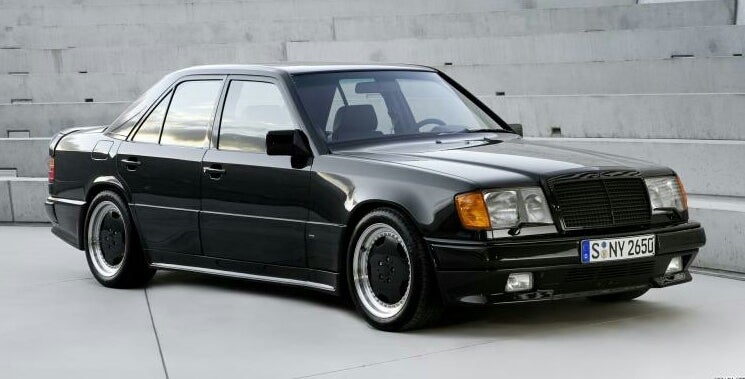
Even thought I don't want it to be (don't ask why because I don't know) I can't think of one reason that this isn't a muscle car.
 lucky's pepper
> Drakkon- Most Glorious and Upright Person of Genius
lucky's pepper
> Drakkon- Most Glorious and Upright Person of Genius
10/14/2014 at 01:45 |
|
The perception that muscle cars didn't handle is a fallacy. Google 1970 Car & Driver performance car comparison. They compared an LS-6 Chevelle, 340 Duster and Boss 302 Mustang and had the great Sam Posey flog them at Lime Rock.
Posey raved about the Chevelle's handling (despite it's massive nose heaviness) while skewering the Boss's. GM's intermediates were built to be all-around performers, not just drag racers.
I would love to see a road race between a stock 1970 LS-6 Chevelle, Stage 1 GS, W-30 442 or Ram Air IV or 455HO GTO and a stock '70 911. I have a feeling the decent handling and braking of the GM A-bodies combined with their massive power advantage would make for a blow out.
How is a Hemi 'Cuda a muscle car but a ZL1 Camaro isn't?
 Hahayoustupidludditeshutupandgohandcrankyourmodeltalready
> lucky's pepper
Hahayoustupidludditeshutupandgohandcrankyourmodeltalready
> lucky's pepper
10/14/2014 at 06:24 |
|
The Chevy II/Nova high-performance models would probably be pony cars too.
A four door muscle car would be a muscle sedan, in my opinion. But that's just my view.
 MasterMario - Keeper of the V8s
> lucky's pepper
MasterMario - Keeper of the V8s
> lucky's pepper
10/14/2014 at 06:33 |
|
There's always exceptions to the rule...my definition is more of a guideline that describes what most people think of when you say muscle car. I think at minimum every thing mentioned is at least front engine, rwd, big motor
 Arch Duke Maxyenko, Shit Talk Extraordinaire
> lucky's pepper
Arch Duke Maxyenko, Shit Talk Extraordinaire
> lucky's pepper
10/14/2014 at 08:12 |
|
The Boss 429's were homologation special pony cars built for the road and not meant for the drag srtip like the Thunderbolts were. Roadrunners are still 100% muscle cars.
The L79 Chevelles are still considered muscle cars, even though they are at the lower end of the spectrum. The 327 V8 is still much larger than the I6's and 307's of the time, it was the largest small block available in the Chevelle in 68 and just one step bellow the 396.
 Drakkon- Most Glorious and Upright Person of Genius
> lucky's pepper
Drakkon- Most Glorious and Upright Person of Genius
> lucky's pepper
10/14/2014 at 08:30 |
|
Why shouldn't it be? Mid-sized sedan and more engine than it deserves. E & C class AMG products go in the category.
 lucky's pepper
> Arch Duke Maxyenko, Shit Talk Extraordinaire
lucky's pepper
> Arch Duke Maxyenko, Shit Talk Extraordinaire
10/14/2014 at 10:31 |
|
So the street legal Thunderbolt that could be ordered from the local Ford dealer doesn't count as a muscle car because it was built by an outside contractor or because it was engineered to be a drag car?
And it sounds like you're acknowledging the Boss 429 as a muscle car. I thought that would be a pony car?
As to the Chevelle, you said muscle cars had to have large displacement V8s. So you agree that's not a necessary requirement?
 Arch Duke Maxyenko, Shit Talk Extraordinaire
> lucky's pepper
Arch Duke Maxyenko, Shit Talk Extraordinaire
> lucky's pepper
10/14/2014 at 10:41 |
|
The Thunderbolts were only street legal because they had to be in order to fit the racing rules of the class that they were created to race in.
I said homologation special pony cars.
And I said large V8, not large displacement V8. The GTO's were never big block cars as there is no such thing as a big block Pontiac.
 lucky's pepper
> MasterMario - Keeper of the V8s
lucky's pepper
> MasterMario - Keeper of the V8s
10/14/2014 at 10:46 |
|
Yep, in general I agree. And thanks for the discussion!
 lucky's pepper
> Arch Duke Maxyenko, Shit Talk Extraordinaire
lucky's pepper
> Arch Duke Maxyenko, Shit Talk Extraordinaire
10/14/2014 at 11:53 |
|
But it was street legal, so who cares why?! The L88 Corvettes were barely street driveable and only built for homologation. So? Many, many cars and engines from that era were sold to the public only because of homologation requirements. Thankfully too.
So large V8 doesn't mean large displacement V8? What does it mean then? Were you talking about the exterior dimensions of the engine, like that fact that a Ford 4.6 is small in displacement but huge on the outside? That seems like a strange thing to be talking about in a conversation about muscle cars.
I never said a car has to have a big block so why did you bring that up? In the post I recognize a small block, small displacement pony/sports car as a muscle car.